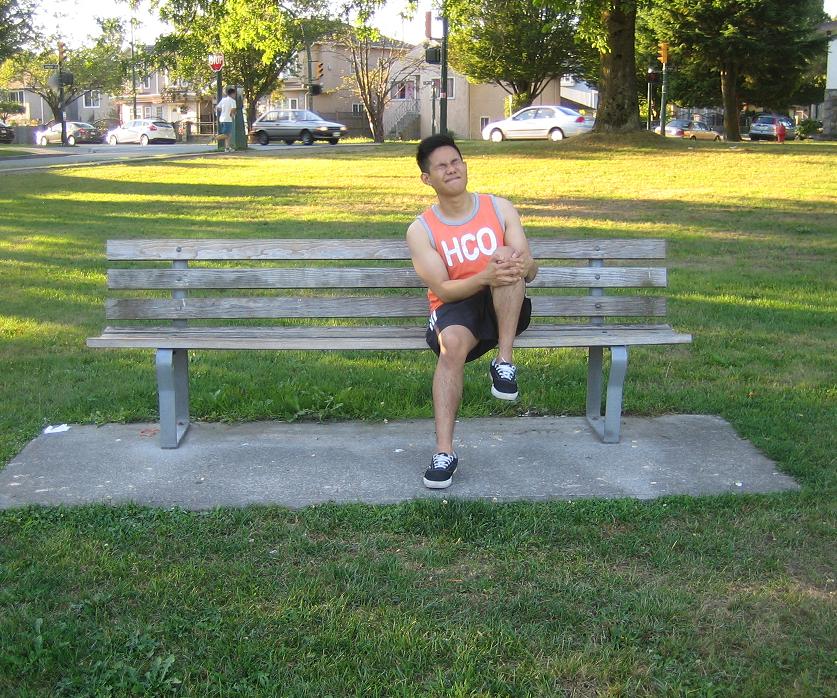Knee hyperextension is a condition where the knee becomes extended beyond the normal range of movement. It causes severe stress on the major ligaments of the knee. It can happen to anyone but frequently caused by athletic injuries. Playing contact sports such as lacrosse, soccer, and football are susceptible to this condition.
Causes of knee hyperextension
- Landing hard from a jump or the body is unbalanced when landing especially with straight legs.
- A sporting tackle in front of the knee pushes the joint of the knee straight backwards.
- The front of skis bumps on something such as a snow bank, and the body keeps moving forward and feet in fixed position.
- Sudden stop while running especially all the weight are placed on one leg, the foot gets stuck in a hole and wearing cleats.
- Someone jumps on the back of the body for a piggy ride without warning.

Over-the-counter anti-inflammatory medications to lessen the swelling and the pain.
Symptoms
- Instability of the knee or a feeling that the knee is buckling out
- Knee pain
- Swelling and bruising caused by damage to the cartilage, ligaments and other soft tissues.
- Limited mobility of the knee
- A popping sound can be heard after the injury
- Accumulation of water in the knee
Treatment
- Rest the affected knee as much as possible.
- Wear crutches to prevent putting excessive weight on the area and lessen the pain when moving around.
- Over-the-counter anti-inflammatory medications to lessen the swelling and the pain.
- Apply cold compress on the affected area for at least 10-15 minutes 3 times on the first 2 days to relieve of the pain and the swelling.
- Elevate the leg above the level of the heart when lying down to lessen the swelling. Place a couple of pillows under the leg to keep it elevated.
- Compress the affected area using an elastic bandage. Wrap the bandage around the area for stability of the knee, lessen the swelling and increased flow of blood in the area. Avoid wrapping it too tight to prevent problems with blood circulations. If the lower leg and toes becomes numb, loosen the wrap.
- Perform gentle rehabilitation exercises with the help of the physical therapist to restore strength, flexibility and range of movement of the knee.
Tips
- Proper warm up before performing physical activities or playing sports to make the body and muscles ready for the activities.
FACT CHECK
https://www.medicalnewstoday.com/articles/320454.php
https://www.sports-health.com/sports-injuries/knee-injuries/understanding-knee-hyperextension
https://www.healthline.com/health/fitness-exercise/hyperextended-knee

